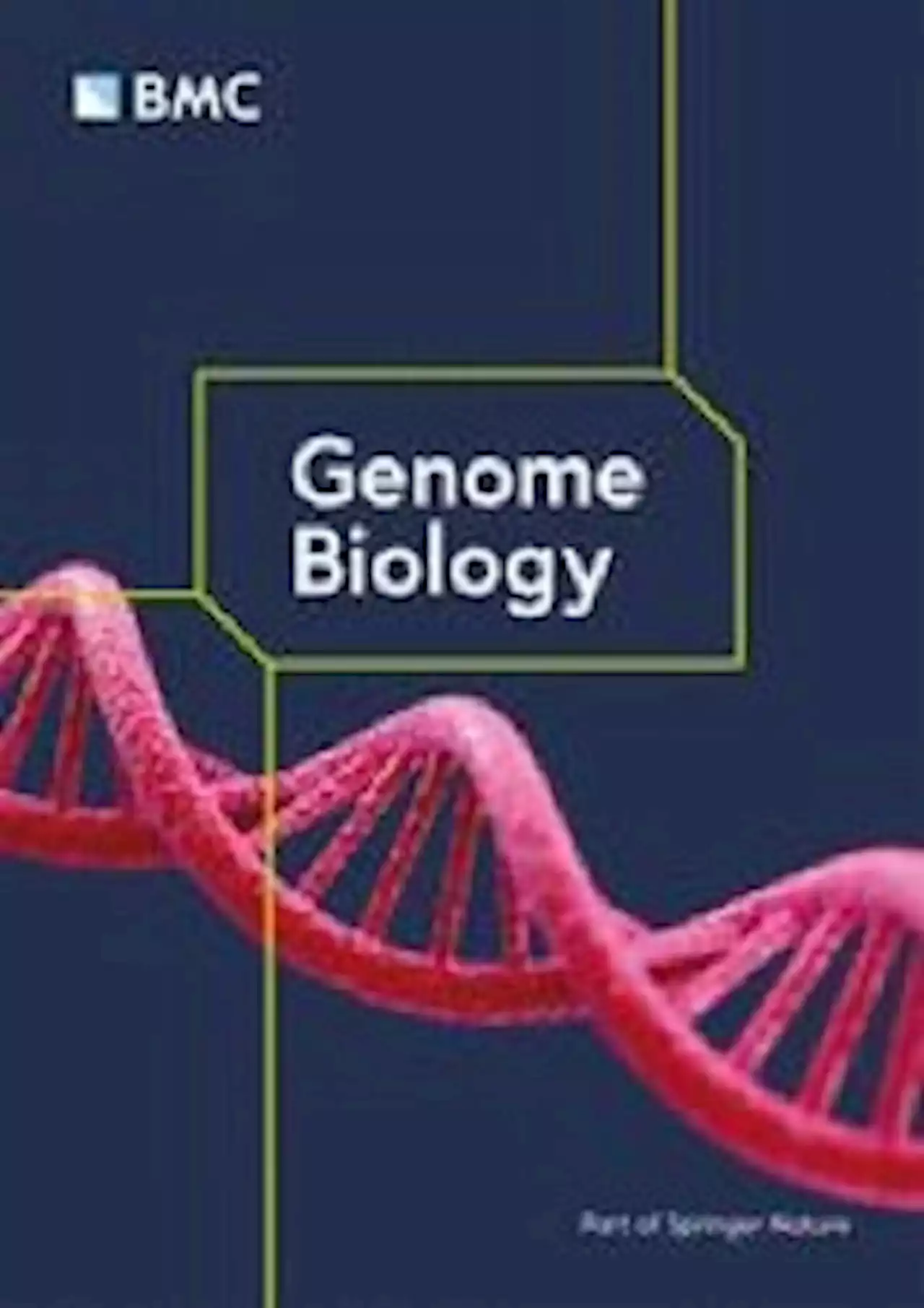GMP has confirmed an unknown substance was thrown at two people earlier this afternoon - latest
Emergency services personnel were seen in the images liaising with the private hire taxi firm based on Poppythorn Lane, near to Prestwich's Longfield Centre.The force said in a statement: "Initial enquiries suggest an altercation occurred between two men outside a taxi rank, the suspect then got into a taxi and threw an unknown substance over the man and his child.
"This is believed to be an isolated incident and this individual does not pose a wider public threat."Read more of today's top stories here
United States Latest News, United States Headlines
Similar News:You can also read news stories similar to this one that we have collected from other news sources.
 Disney announces new Frozen, Toy Story and Zootopia sequelsInto the unknown…
Disney announces new Frozen, Toy Story and Zootopia sequelsInto the unknown…
Read more »
 20-day-old baby pulled out alive from earthquake rubbleRescuers in Turkey have pulled a 20-day-old baby from the rubble alive.
20-day-old baby pulled out alive from earthquake rubbleRescuers in Turkey have pulled a 20-day-old baby from the rubble alive.
Read more »
 Albon won't "throw laptops around" to get more out of WilliamsAlex Albon won't radically change his approach and be needlessly hard on his Williams Formula 1 colleagues to get the best out of them through his role as team leader.
Albon won't "throw laptops around" to get more out of WilliamsAlex Albon won't radically change his approach and be needlessly hard on his Williams Formula 1 colleagues to get the best out of them through his role as team leader.
Read more »
 Emotional Memory Processing during REM Sleep with Implications for Post-Traumatic Stress DisorderREM sleep is important for the processing of emotional memories, including fear memories. Rhythmic interactions, especially in the theta band, between the medial prefrontal cortex (mPFC) and limbic structures are thought to play an important role, but the ways in which memory processing occurs at a mechanistic and circuits level are largely unknown. To investigate how rhythmic interactions lead to fear extinction during REM sleep, we used a biophysically based model that included the infralimbic cortex (IL), a part of the mPFC with a critical role in suppressing fear memories. Theta frequency (4–12 Hz) inputs to a given cell assembly in IL, representing an emotional memory, resulted in the strengthening of connections from the IL to the amygdala and the weakening of connections from the amygdala to the IL, resulting in the suppression of the activity of fear expression cells for the associated memory. Lower frequency (4 Hz) theta inputs effected these changes over a wider range of input strengths. In contrast, inputs at other frequencies were ineffective at causing these synaptic changes and did not suppress fear memories. Under post-traumatic stress disorder (PTSD) REM sleep conditions, rhythmic activity dissipated, and 4 Hz theta inputs to IL were ineffective, but higher-frequency (10 Hz) theta inputs to IL induced changes similar to those seen with 4 Hz inputs under normal REM sleep conditions, resulting in the suppression of fear expression cells. These results suggest why PTSD patients may repeatedly experience the same emotionally charged dreams and suggest potential neuromodulatory therapies for the amelioration of PTSD symptoms. SIGNIFICANCE STATEMENT Rhythmic interactions in the theta band between the mPFC and limbic structures are thought to play an important role in processing emotional memories, including fear memories, during REM sleep. The infralimbic cortex (IL) in the mPFC is thought to play a critical role in suppressing fear memories. We show that
Emotional Memory Processing during REM Sleep with Implications for Post-Traumatic Stress DisorderREM sleep is important for the processing of emotional memories, including fear memories. Rhythmic interactions, especially in the theta band, between the medial prefrontal cortex (mPFC) and limbic structures are thought to play an important role, but the ways in which memory processing occurs at a mechanistic and circuits level are largely unknown. To investigate how rhythmic interactions lead to fear extinction during REM sleep, we used a biophysically based model that included the infralimbic cortex (IL), a part of the mPFC with a critical role in suppressing fear memories. Theta frequency (4–12 Hz) inputs to a given cell assembly in IL, representing an emotional memory, resulted in the strengthening of connections from the IL to the amygdala and the weakening of connections from the amygdala to the IL, resulting in the suppression of the activity of fear expression cells for the associated memory. Lower frequency (4 Hz) theta inputs effected these changes over a wider range of input strengths. In contrast, inputs at other frequencies were ineffective at causing these synaptic changes and did not suppress fear memories. Under post-traumatic stress disorder (PTSD) REM sleep conditions, rhythmic activity dissipated, and 4 Hz theta inputs to IL were ineffective, but higher-frequency (10 Hz) theta inputs to IL induced changes similar to those seen with 4 Hz inputs under normal REM sleep conditions, resulting in the suppression of fear expression cells. These results suggest why PTSD patients may repeatedly experience the same emotionally charged dreams and suggest potential neuromodulatory therapies for the amelioration of PTSD symptoms. SIGNIFICANCE STATEMENT Rhythmic interactions in the theta band between the mPFC and limbic structures are thought to play an important role in processing emotional memories, including fear memories, during REM sleep. The infralimbic cortex (IL) in the mPFC is thought to play a critical role in suppressing fear memories. We show that
Read more »
 Auxin-inducible degron 2 system deciphers functions of CTCF domains in transcriptional regulation - Genome BiologyBackground CTCF is a well-established chromatin architectural protein that also plays various roles in transcriptional regulation. While CTCF biology has been extensively studied, how the domains of CTCF function to regulate transcription remains unknown. Additionally, the original auxin-inducible degron 1 (AID1) system has limitations in investigating the function of CTCF. Results We employ an improved auxin-inducible degron technology, AID2, to facilitate the study of acute depletion of CTCF while overcoming the limitations of the previous AID system. As previously observed through the AID1 system and steady-state RNA analysis, the new AID2 system combined with SLAM-seq confirms that CTCF depletion leads to modest nascent and steady-state transcript changes. A CTCF domain sgRNA library screening identifies the zinc finger (ZF) domain as the region within CTCF with the most functional relevance, including ZFs 1 and 10. Removal of ZFs 1 and 10 reveals genomic regions that independently require these ZFs for DNA binding and transcriptional regulation. Notably, loci regulated by either ZF1 or ZF10 exhibit unique CTCF binding motifs specific to each ZF. Conclusions By extensively comparing the AID1 and AID2 systems for CTCF degradation in SEM cells, we confirm that AID2 degradation is superior for achieving miniAID-tagged protein degradation without the limitations of the AID1 system. The model we create that combines AID2 depletion of CTCF with exogenous overexpression of CTCF mutants allows us to demonstrate how peripheral ZFs intricately orchestrate transcriptional regulation in a cellular context for the first time.
Auxin-inducible degron 2 system deciphers functions of CTCF domains in transcriptional regulation - Genome BiologyBackground CTCF is a well-established chromatin architectural protein that also plays various roles in transcriptional regulation. While CTCF biology has been extensively studied, how the domains of CTCF function to regulate transcription remains unknown. Additionally, the original auxin-inducible degron 1 (AID1) system has limitations in investigating the function of CTCF. Results We employ an improved auxin-inducible degron technology, AID2, to facilitate the study of acute depletion of CTCF while overcoming the limitations of the previous AID system. As previously observed through the AID1 system and steady-state RNA analysis, the new AID2 system combined with SLAM-seq confirms that CTCF depletion leads to modest nascent and steady-state transcript changes. A CTCF domain sgRNA library screening identifies the zinc finger (ZF) domain as the region within CTCF with the most functional relevance, including ZFs 1 and 10. Removal of ZFs 1 and 10 reveals genomic regions that independently require these ZFs for DNA binding and transcriptional regulation. Notably, loci regulated by either ZF1 or ZF10 exhibit unique CTCF binding motifs specific to each ZF. Conclusions By extensively comparing the AID1 and AID2 systems for CTCF degradation in SEM cells, we confirm that AID2 degradation is superior for achieving miniAID-tagged protein degradation without the limitations of the AID1 system. The model we create that combines AID2 depletion of CTCF with exogenous overexpression of CTCF mutants allows us to demonstrate how peripheral ZFs intricately orchestrate transcriptional regulation in a cellular context for the first time.
Read more »
